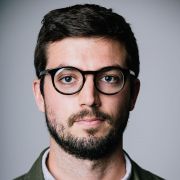The Best Turbo Trainers: Which Direct Drive, Magnetic And Smart Indoor Trainers Are Worth Buying?
Take your bike indoors for a revolution in winter riding
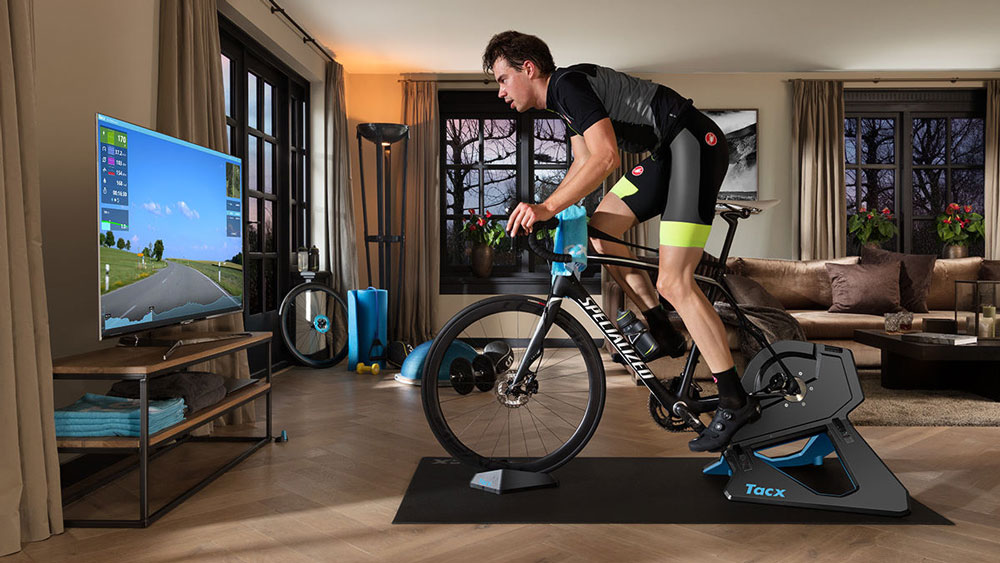
Cycling is one of the most enjoyable ways to keep fit and when the sun is shining, there’s no better feeling than whizzing along a quiet country lane and exploring the great outdoors. But come winter, there’s every chance that rain, sleet, wind or snow will derail your riding plans.
Enter the turbo trainer, which transforms your bike into an indoor cycling machine. It’s a great way to keep your weekly mileage up even when the weather’s not playing ball, or for completing a training session you don’t want to attempt on open roads. There are also smart turbo trainers, which can connect to training apps so you can cycle with or against others in virtual worlds.
Turbo trainer prices range from two to four figures and the options can seem overwhelming to the uninitiated. To help, we’ve broken down how the main types of turbo trainers work, the advantages and disadvantages of each. We also have a beginner’s guide to turbo training and a guide to how to get started with Zwift, one of the most well-known training apps. But you’re here to see which models we think are the best turbo trainers, so let’s get right to it.
The Best Turbo Trainers
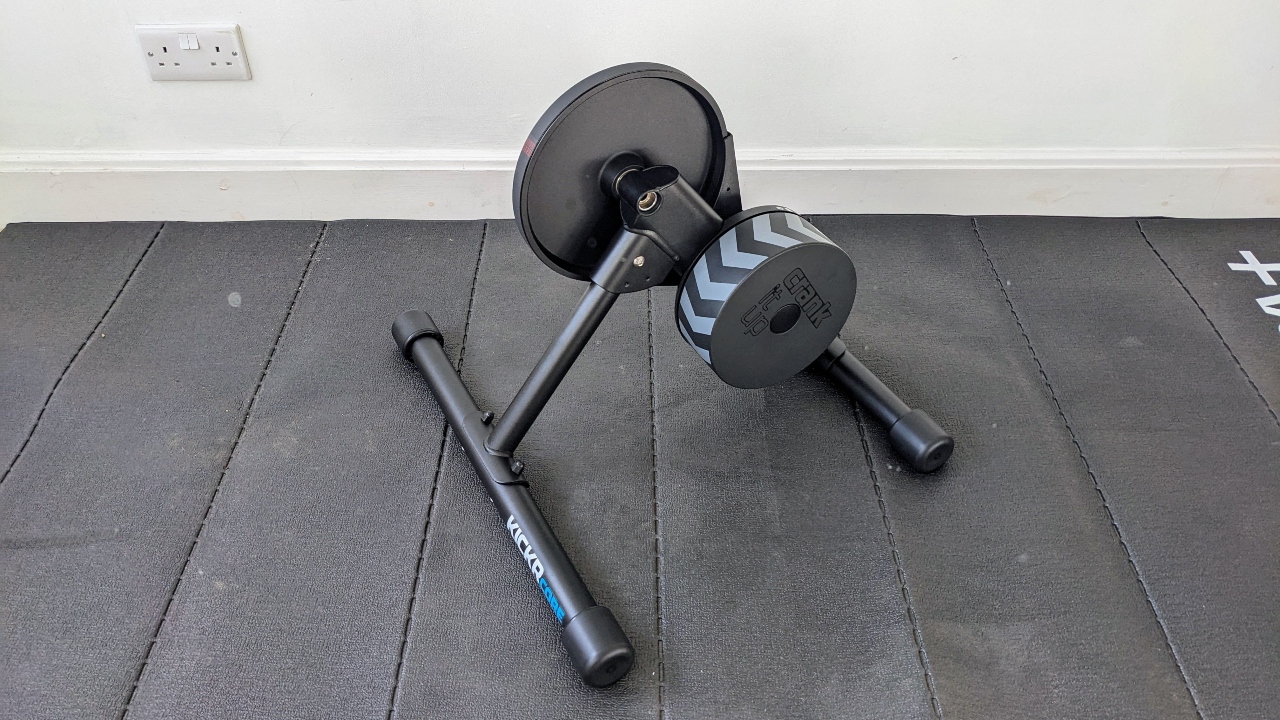
Specifications
Reasons to buy
Reasons to avoid
This US brand led the smart turbo trainer revolution, which turned indoor cycling on its head. Wahoo’s Kickr takes all the headlines (the latest version, the V6, will set you back more than a grand), yet the Kickr Core smart trainer is the better buy. Non-elite cyclists probably won’t notice the difference between the Core and the top-tier version—a 16% maximum gradient and 1,800 maximum power output is more than enough for most of us.
The downside to the Core is that it’s not as compact as some competitors when folded down, and that’s about it. Unlike previous models, the latest comes with a cassette installed (ranging from 8- to 12-speed), and Wahoo has even cut the price. Available with a free year’s subscription to Zwift, it’s one of the most cost-effective ways to get your hands on a direct drive smart turbo trainer.
Read more in my Wahoo Kickr Core review

Specifications
Reasons to buy
Reasons to avoid
Zwift and Wahoo haven’t had the greatest relationship over the last few years. Zwift’s hardware debut, the Zwift Hub, was accused by Wahoo of infringing the patents of its Wahoo Kickr Core, while Wahoo’s RGT went toe to toe with Zwift in the virtual training space. Both put their animosity (and court cases) to one side in September 2023 though, deciding that clubbing together rather than pouring money into legal costs was in the interests of both parties.
As a result Zwift has scaled back its hardware offerings (the biggest loss being the well-reviewed Zwift Hub) and Wahoo has shut down RGT, while Zwift has also resumed stocking Wahoo’s turbo trainers in its online store.
Before it halted all hardware, though, the indoor training disrupter released the Zwift One cog. A single-speed sprocket that is installed onto a turbo trainer instead of cassette, it features handlebar-mounted buttons that enable the rider to increase or reduce the resistance of the direct drive turbo trainer. In free-ride mode you can simulate shifting with these buttons rather than using your bike’s drivetrain, minimizing wear on components and maximizing compatibility with bikes.
Thanks to Wahoo and Zwift’s improved relationship, the Kickr Core has been available installed with the Zwift One cog since February, combining one of the best budget direct drive turbo trainers with a smart bit of kit that should last longer than a cassette. The only snag is that it doesn’t play nicely with other free-ride virtual training platforms such as Rouvy and MyWhoosh, although with a year’s free Zwift subscription included in the price, you’ll most probably be a committed resident of Watopia before that becomes an issue.
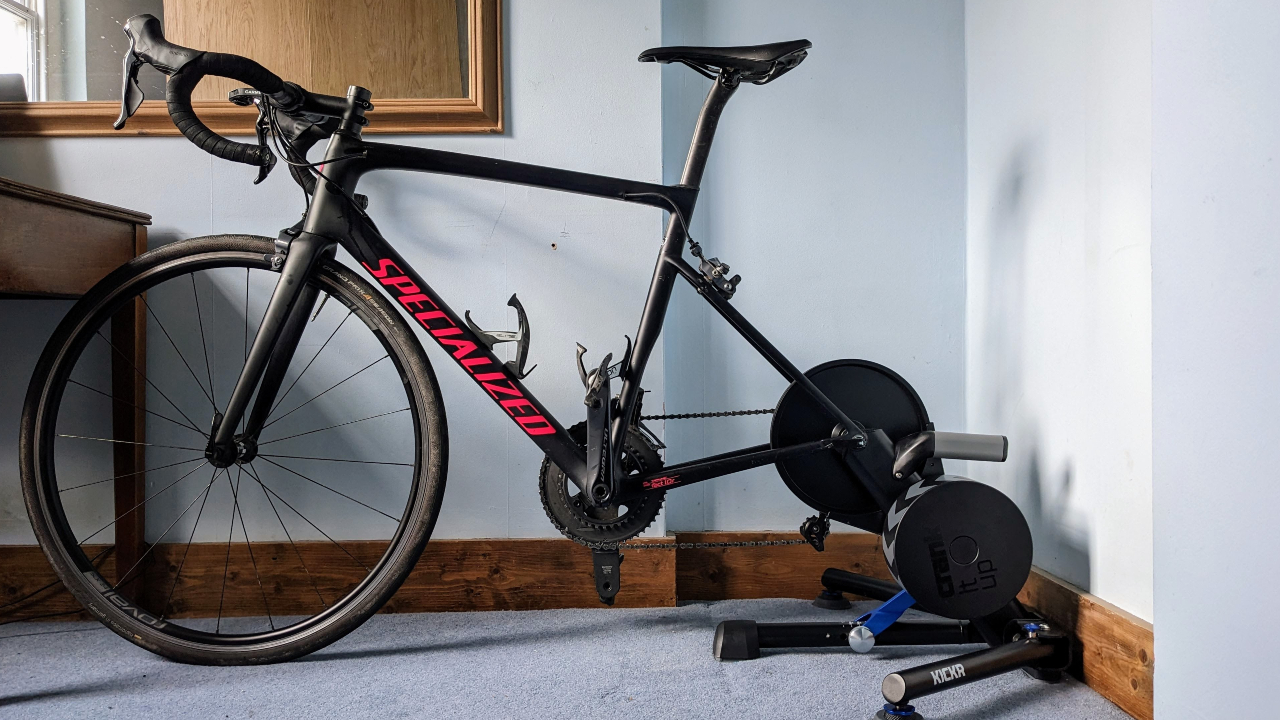
Specifications
Reasons to buy
Reasons to avoid
Wahoo’s top-of-the-range direct drive model is now on its sixth iteration and hasn’t been updated since September 2022, but it’s still the best of the bunch if you’re looking to buy a premium turbo trainer. Why? Its headline specs—2,200W maximum resistance, up to 20% gradient simulation, and a power accuracy of +/- 1%—are tough to top, while its WiFi connectivity helps to minimize the annoying drop-outs that can sometimes plague a virtual workout or spell the end of an eRace. Its stand-out feature, which was introduced on 2020’s V5, is the Axis feet. These allow for 5° of side-to-side movement, helping increase the realism when riding indoors and stopping you sitting in one position in the saddle for too long.
Read more in my Wahoo Kickr V6 review
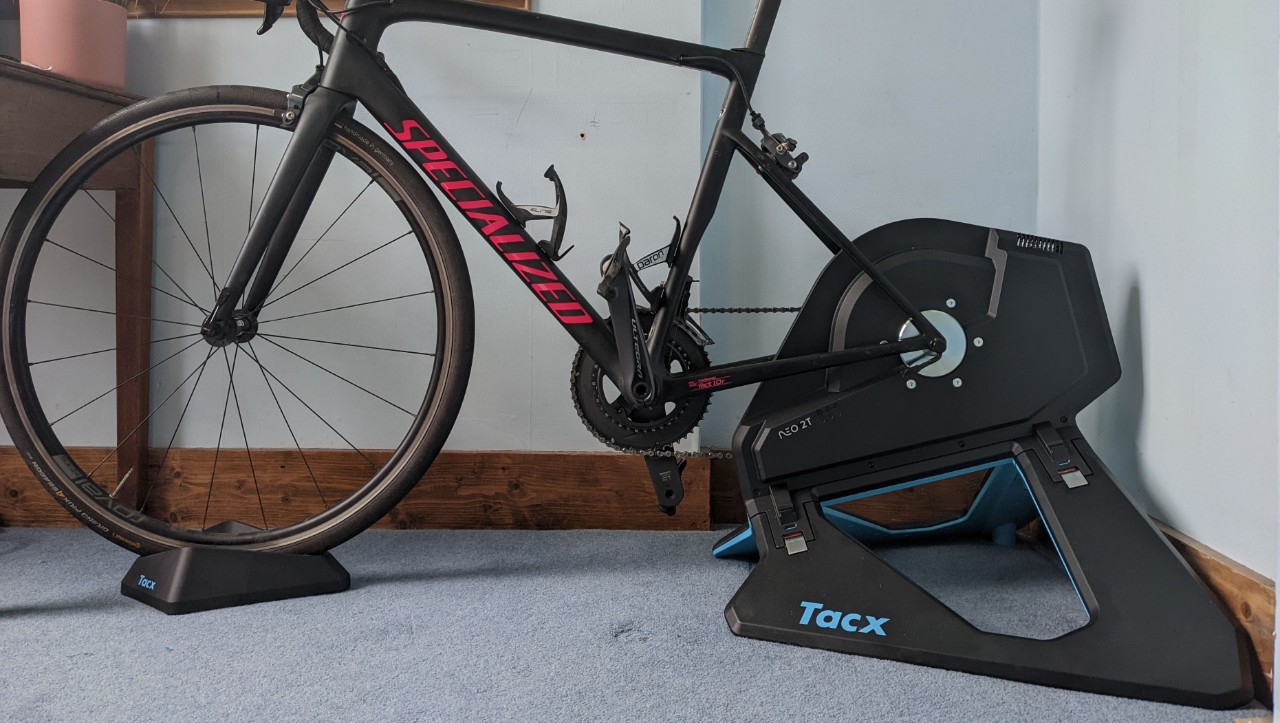
Specifications
Reasons to buy
Reasons to avoid
Want to truly recreate the experience of riding your bike outdoors, to the point of feeling the vibrations of virtual cobblestones and gravel? The Tacx Neo 2T smart trainer has your name written all over it. The Garmin-owned brand’s turbo is a next-level piece of kit, able to simulate slopes of up to 25% and a maximum power output of 2,200 watts (professional track cyclist territory), meaning you’re never going to outgrow it. It isn’t perfect, though: the lack of a pre-installed cassette makes it an even more costly outlay than its RRP, while its inability to be folded away with the bike installed means it’s for dedicated pain caves only.
Read more in my Tacx Neo 2T review

5. Tacx Neo 3M
Specifications
Reasons to buy
Reasons to avoid
The Tacx Neo 3M is the first of the latest generation of premium direct-drive turbo trainers I’ve tried that features fore/aft movement, enabling the bike to move slightly forward and backward during riding. While it may sound like a gimmick, the thought process is simple: When out in the wild, you make constant micro-adjustments in the saddle, moving your position depending on the terrain and your efforts. Historically, turbo trainers have been stationary (and, during longer training sessions, uncomfortable) affairs, and riders have had to purchase after-market rocker plates. The Neo 3M takes this out of the equation, providing marginal movement across all planes.
I wasn’t completely sold on the fore/aft movement during testing, but overall the Neo 3M is a solid turbo trainer that can’t be beaten in the power and gradient stakes. There’s no getting around its cost, but if you’ve got almost £2,000 to splash on a turbo, then only the Wahoo Kickr Move will come close.

6. Saris H3
Specifications
Reasons to buy
Reasons to avoid
Investing in a smart direct drive turbo trainer doesn’t necessarily mean buying a piece of kit that’s more expensive than the bike being used on it. The H3 from Saris is a great example. At a significantly lower price than the top-end offerings from Wahoo and Tacx, it does everything you could want from some hi-tech training equipment – maxing out at a whopping 2,000 watts and slopes of 20%. It doesn’t come with a cassette but remains one of the least expensive ways to add some realism to your rides on Zwift.
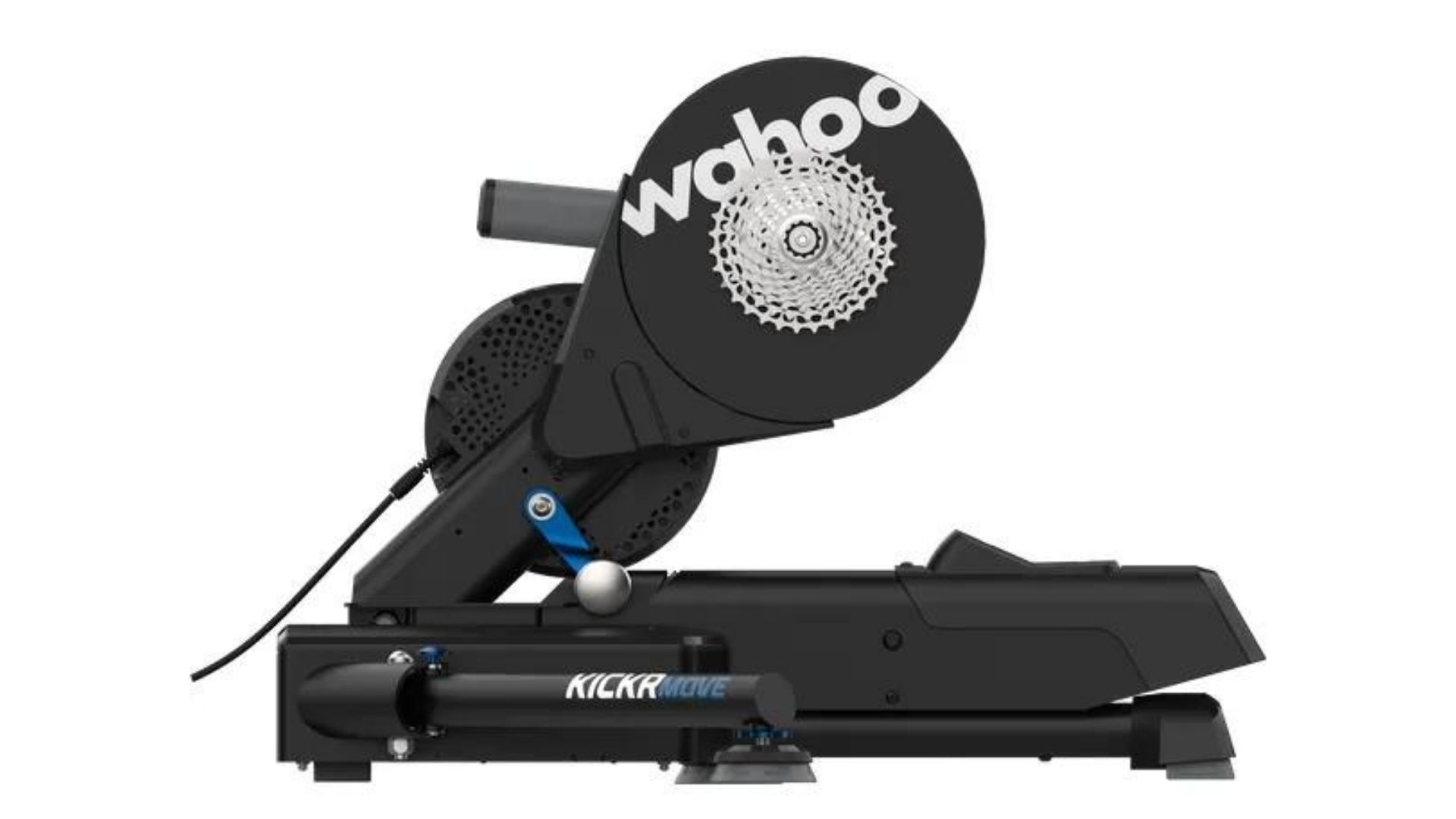
7. Wahoo Kickr Move
Specifications
Reasons to buy
Reasons to avoid
While I’m yet to give the Wahoo Kickr Move a spin, the novel inclusion of fore/aft movement warrants its inclusion in Coach’s best turbo trainer round-up. Launched in September 2023, it’s Wahoo’s response to the various rocker plates on the market that keen indoor cyclists have been using to add some more realistic movement to their training.
It’s essentially a Wahoo Kickr V6 with an additional feature that costs an extra $300/£300, and I’m reserving judgment on whether the technology improves the overall experience enough to justify the extra outlay. However, it does require slightly more room (to account for the forward motion), which might be a problem if space is at a premium.
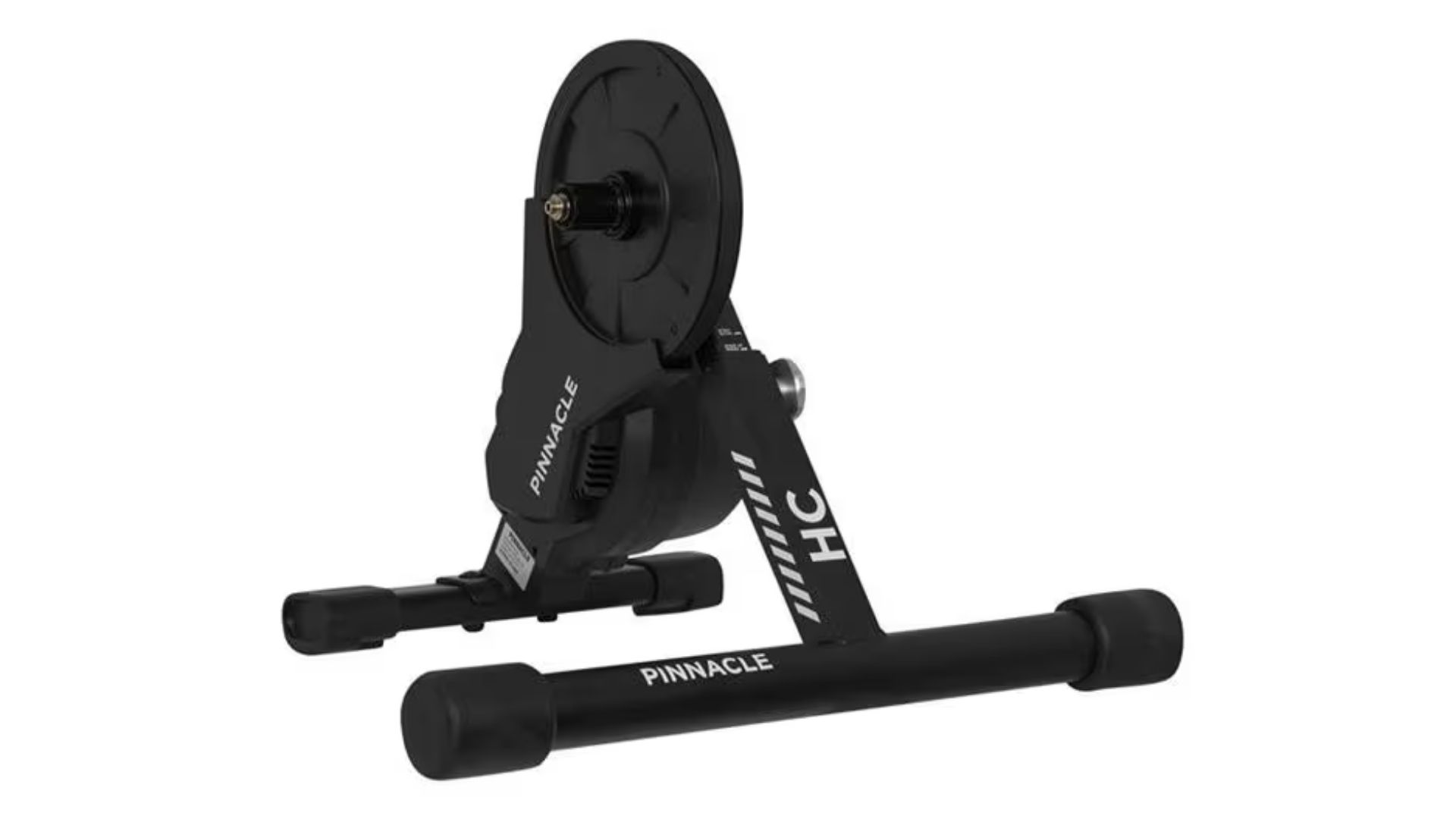
8. Pinnacle HC
Specifications
Reasons to buy
Reasons to avoid
At the other end of the scale is the Pinnacle HC, another turbo trainer that I’m yet to test but that’s available for a very attractive price, usually with a hefty discount on the RRP. The Evans Cycles’ in-house model is much cheaper than rival entry-level direct-drive turbo trainers, while its claimed specs would put it up there among some of our top-end picks. The only downside I can see is that it doesn’t come with a pre-installed cassette, but this is a minor issue when you consider the low initial investment.
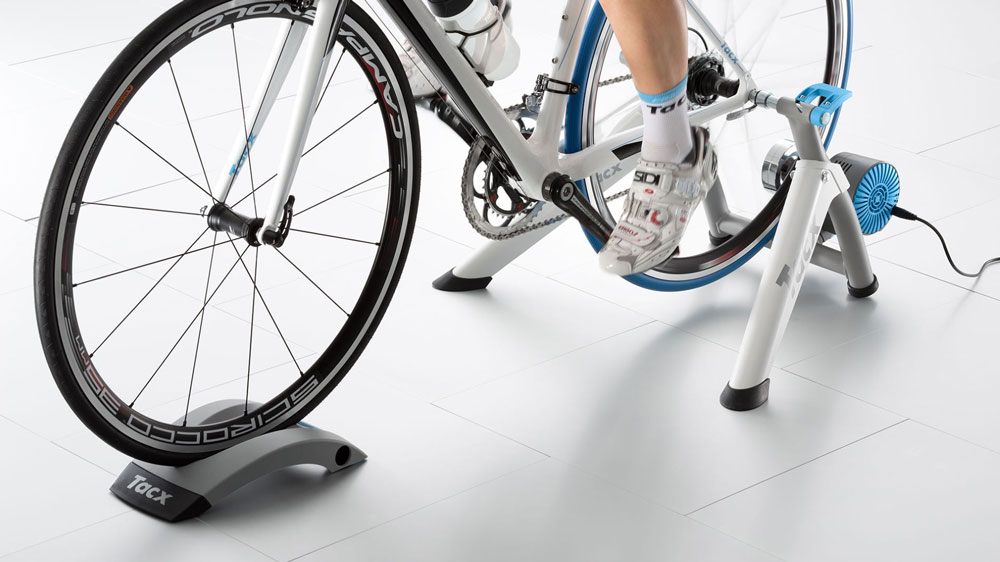
9. Tacx Flow Smart Turbo Trainer
Specifications
Reasons to buy
Reasons to avoid
While it might not look a lot different from the budget Halfords trainer below, the Tacx Flow Smart is a much more capable piece of kit. Not only does it feel sturdier to ride on, but it’s a lot quieter than your standard wheel-on set-up too. The big benefit, though, is its smart features. You can connect it to apps such as Zwift and TrainerRoad, where resistance can be modified either by simulating a gradient (up to 6%) or a specific power output (up to 800 watts). It’s the ideal bit of kit for someone who’s looking to get into data-led training without a sizeable investment.
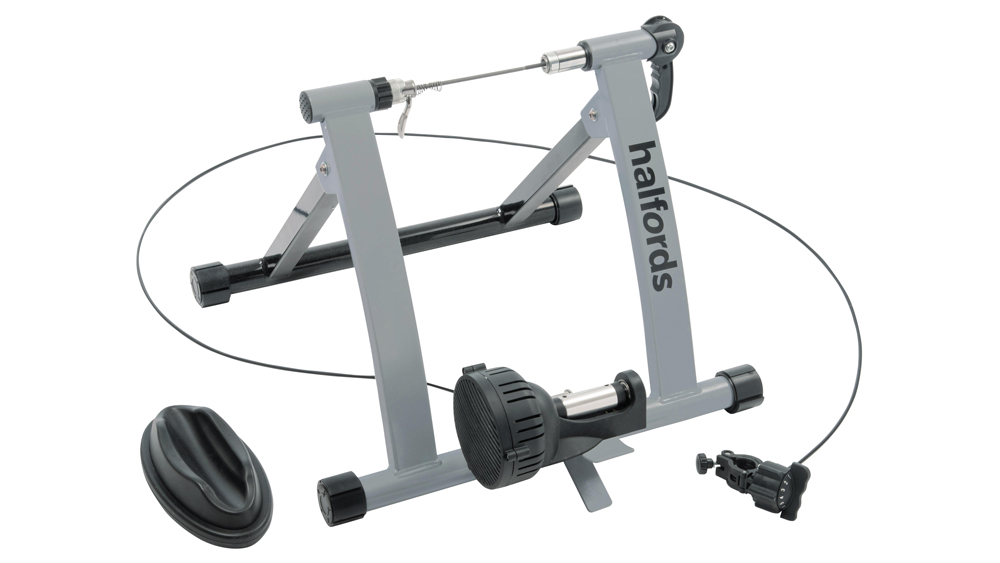
10. Halfords Turbo Trainer
Specifications
Reasons to buy
Reasons to avoid
While some serious cyclists might scoff at this entry-level magnetic wheel-on model, there’s more to like about Halfords’ in-house turbo than just its sub-£70 price. If you’re new to indoor cycling, the six levels of magnetic resistance should offer enough of a challenge, although the fact its maximum power tops out at around 465 watts means you might be left wanting during all-out sprint efforts. It’s worth remembering that you will need to invest in a specific turbo tyre too, although these are relatively inexpensive (Halfords’ is £15).
Turbo Trainers Buyer’s Guide
Magnetic wheel-on
You can trust Coach
The most basic kind of turbo trainer. With this design, your bike’s back wheel is mounted on a roller and the resistance is adjusted by a dial that clips to your handlebars. Magnetic wheel-ons are the cheapest style available, but there are two downsides to consider: they are noisy and they will wear out your back tyre. The wearing problem can be solved by using a dedicated turbo trainer tyre, but that can quickly become a hassle if you plan on using your bike for both indoor and outdoor training.
Fluid wheel-on
Fluid wheel-on trainers are similar to magnetic wheel-ons, but differ in the way they manage resistance. Rather than the user manually adjusting the difficulty using a dial, resistance builds progressively – the harder you pedal, the greater the resistance.
Direct drive
These are the most expensive type of turbo trainer and are fundamentally different to wheel-on options. Rather than mounting your rear wheel on a roller, you remove it entirely and secure your bike’s frame to the unit, connecting your chain to a cassette that’s installed on the turbo trainer’s flywheel. It results in a more realistic experience and generally delivers more resistance than a wheel-on trainer. Direct drive trainers are also pretty quiet – ideal if you live in a flat or don’t want to annoy your whole house when you train.
Smart
You can get any of the above types with smart features. All this means is that the turbo trainer broadcasts an ANT+ or Bluetooth signal to communicate with training apps such as Zwift, Sufferfest or FulGaz to make training far more engaging than staring at a wall. Some smart direct drive turbo trainers take things up a gear, translating in-game gradients into increased resistance, providing a more immersive experience.
Sign up for workout ideas, training advice, reviews of the latest gear and more.
Charlie Allenby is a journalist with a passion for pedalling. He contributes features and buying advice about cycling, and is Coach’s dedicated turbo trainer reviewer. He is also Coach’s chief whey and casein protein powder tester, trying as many brands as possible.
Charlie’s first book, Bike London, is out now. He has written for The Guardian, The Independent and BikeRadar, among others.
